Slated for human trials, EIDD-2801 could become the first pill for COVID-19.


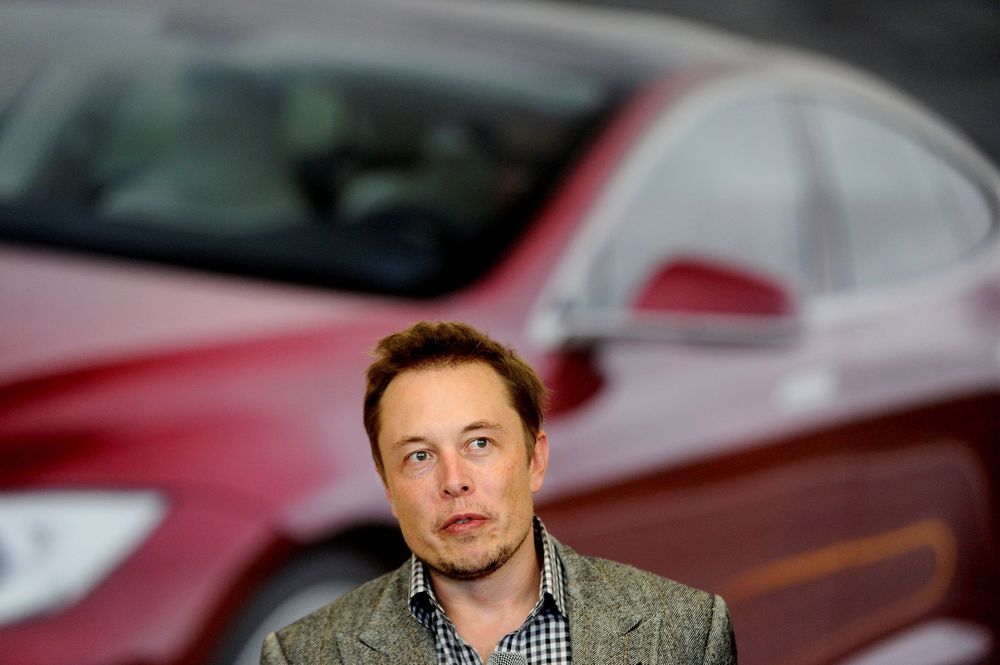
Tesla will cut pay for all of its salaried employees and will furlough hourly workers until May 4, when it intends to resume production of electric cars, according to an internal e-mail that multiple employees shared with CNBC. The pay reductions are expected to be in place until the end of the second quarter.
Health orders, implemented to curb the spread of COVID-19, forced Elon Musk’s electric car company to wind down production at its main vehicle assembly plant in Fremont, California.
The new pay cuts follow Tesla’s first-quarter vehicle production and deliveries report, which pleased investors — the company said it delivered approximately 88,400 vehicles and produced 103,000 in Q1. Tesla has yet to withdraw guidance it gave investors for 2020, saying it should “comfortably exceed” 500,000 vehicle deliveries for the year.

New research shows that resveratrol, a chemical found in red wine, contributes to genomic stability by reducing the occurrence of DNA double-strand breaks and prolongs lifespan in genetically modified mice that are prone to carcinogenic mutations [1].
DSBs and genomic instability
Genomic instability, one of the hallmarks of aging, is a condition characterized by frequent mutations within the genome, and it has long been associated with cancer [2]. The authors of this study state that one of its major causes is the erroneous repair of DNA double-strand breaks (DSBs). High numbers of DSBs have been found in pre-cancerous cells, and DNA lesions caused by unrepairable DSBs accumulate with time, both in organisms and in cultured cells. One of the possible culprits is the degradation of DNA repair mechanisms in aged cells [3].
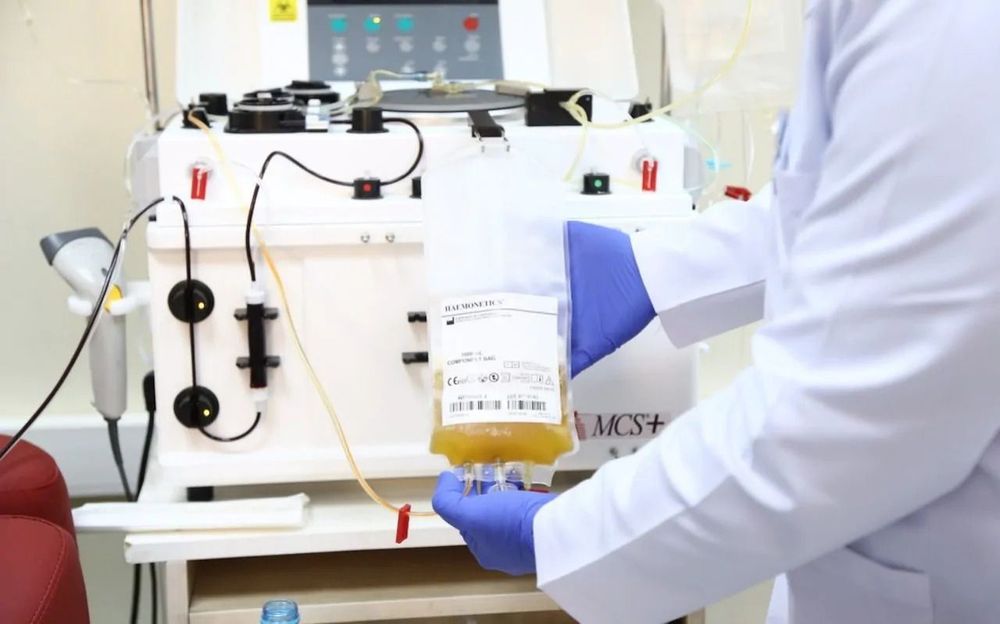
Utilizing the antibodies from the plasma of survivors of the coronavirus to help those who are critically ill from the coronavirus has been deemed successful:
In trial, 10 severely-ill patients made recoveries after receiving antibodies from people who had successfully fought the Covid-19 virus
Premium.
A heads up: Dyson has “created 44 engineering and science activities for children to try out while at home during the coronavirus pandemic, from making a balloon-powered car to building a bridge from spaghetti,” writes the Dezeen website. They go on to add: “Comprised of 22 science tasks and 22 engineering activities, the Challenge Cards can be completed by children using common household items such as eggs, string and balloons.” You can also find a related playlist of videos on YouTube, one of which appears above.
This engineering/science activities have been added to our refreshed collection, 200 Free Kids Educational Resources: Video Lessons, Apps, Books, Websites & More. If you know of any great K-12 resources, especially ones that are always free, please add them in the comments below, and we will try to add them to the list.
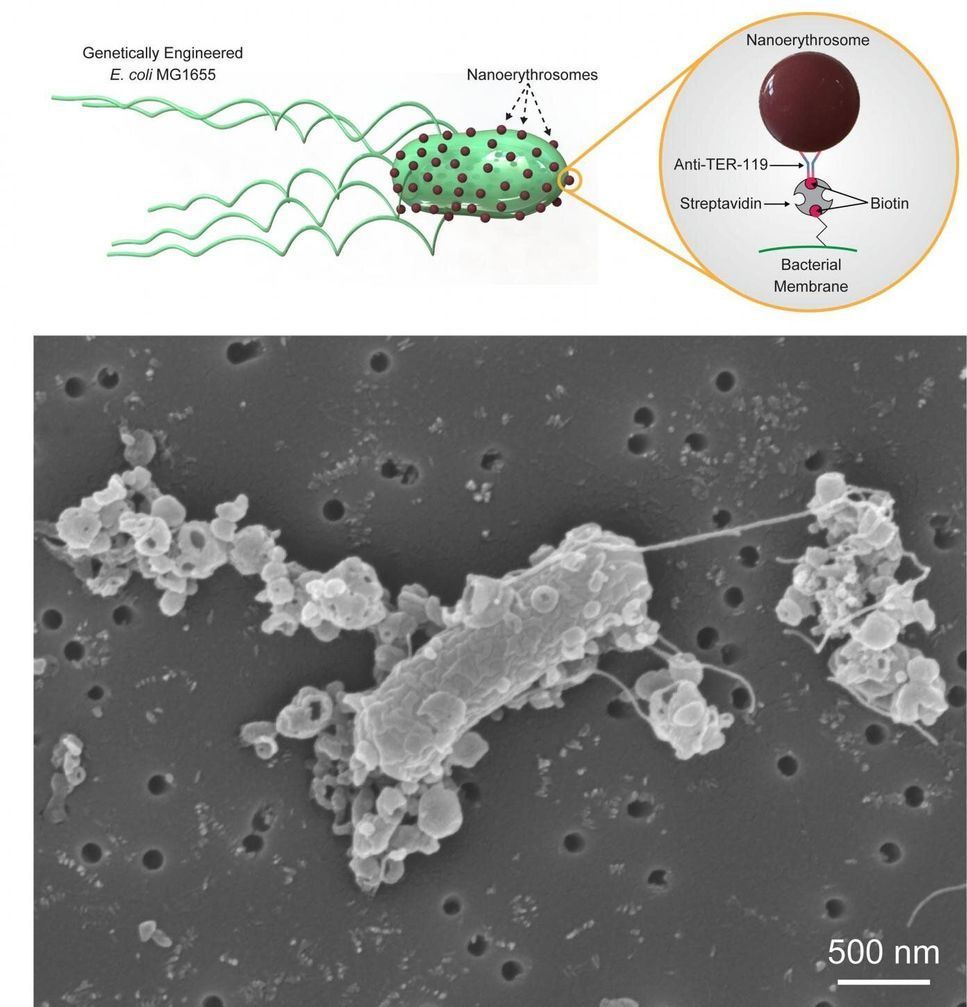
Tiny biohybrid robots on the micrometer scale can swim through the body and deliver drugs to tumors or provide other cargo-carrying functions. The natural environmental sensing tendencies of bacteria mean they can navigate toward certain chemicals or be remotely controlled using magnetic or sound signals.
To be successful, these tiny biological robots must consist of materials that can pass clearance through the body’s immune response. They also have to be able to swim quickly through viscous environments and penetrate tissue cells to deliver cargo.
In a paper published this week in APL Bioengineering, from AIP Publishing, researchers fabricated biohybrid bacterial microswimmers by combining a genetically engineered E. coli MG1655 substrain and nanoerythrosomes, small structures made from red blood cells.
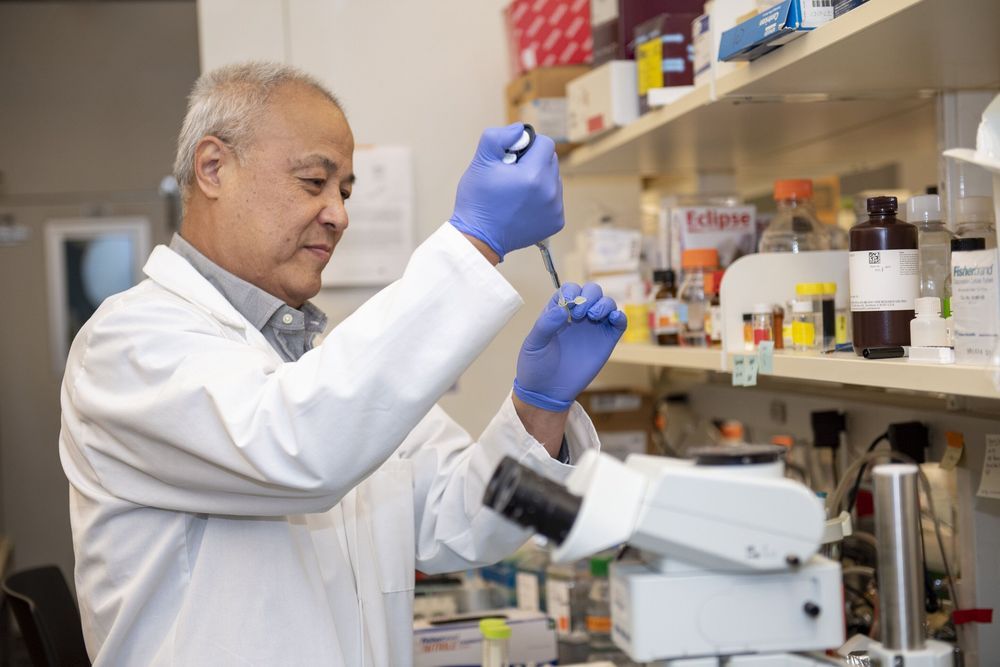
A targeted therapy, currently being studied for treatment of certain cancers including glioblastoma, may also be beneficial in treating other neurologic diseases, a study at the University of Cincinnati shows.
The study, being published online April 6 in the journal EBioMedicine, revealed that the effects of a therapy delivery system using microscopic components of a cell (nanovesicles) called SapC-DOPS may be able to provide targeted treatment without harming healthy cells. This method could even prove to be successful in treating other neurologic conditions, like Parkinson’s disease.
This study is led by Xiaoyang Qi, professor in the Division of Hematology Oncology, UC Department of Internal Medicine, and Ying Sun, research professor in the UC Department of Pediatrics and a member of the Division of Human Genetics at Cincinnati Children’s Hospital Medical Center.
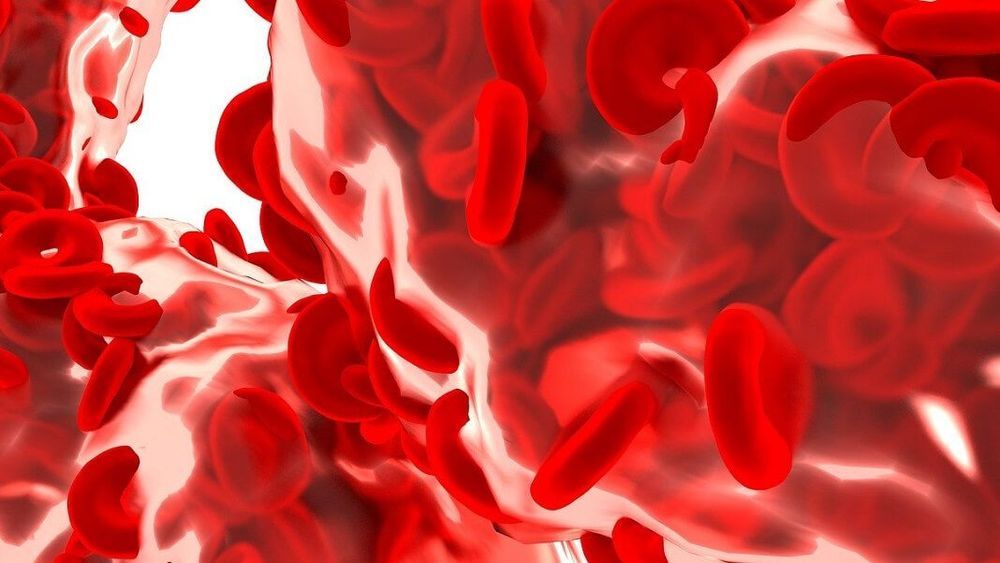
The symptoms match up with coronavirus infection. But like many people in the US, because they’re relatively mild I’m unable to get a test. Testing rates have finally skyrocketed recently, yet per capita we’re still lagging behind, leaving many wondering—myself included—if we truly caught the Covid-19 bug.
That’s a problem.
Knowing the amount of people who have already recovered from the disease would be a game-changer, not just for personal peace of mind but for society as a whole. Although we don’t yet fully understand how long the virus confers immunity for, it’s likely—though severely understudied —that infected and recovered people already have protective immunity. It means that virus-killing antibodies are circulating in our blood, ones that could potentially be harnessed for people with more severe cases; we could be walking anti-coronavirus drug factories.
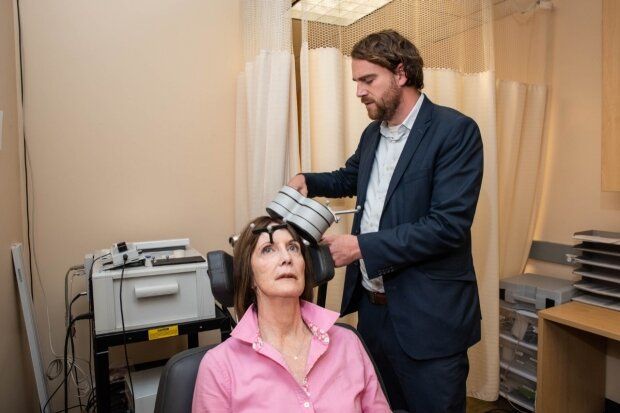
A new form of magnetic brain stimulation rapidly relieved symptoms of severe depression in 90% of participants in a small study conducted by researchers at the Stanford University School of Medicine.
The researchers are conducting a larger, double-blinded trial in which half the participants are receiving fake treatment. The researchers are optimistic the second trial will prove to be similarly effective in treating people whose condition hasn’t improved with medication, talk therapy or other forms of electromagnetic stimulation.
The treatment is called Stanford Accelerated Intelligent Neuromodulation Therapy, or SAINT. It is a form of transcranial magnetic stimulation, which is approved by the Food and Drug Administration for treatment of depression. The researchers reported that the therapy improves on current FDA-approved protocols by increasing the number of magnetic pulses, speeding up the pace of the treatment and targeting the pulses according to each individual’s neurocircuitry.
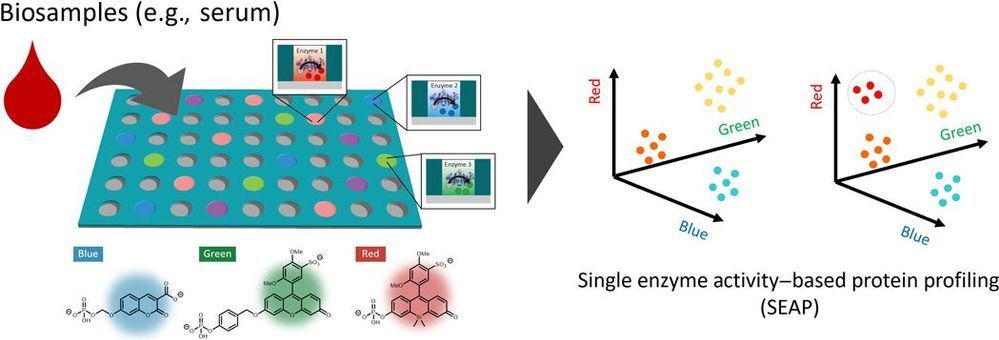
We established an ultrasensitive method for identifying multiple enzymes in biological samples by using a multiplexed microdevice-based single-molecule enzymatic assay. We used a paradigm in which we “count” the number of enzyme molecules by profiling their single enzyme activity characteristics toward multiple substrates. In this proof-of-concept study of the single enzyme activity–based protein profiling (SEAP), we were able to detect the activities of various phosphoric ester–hydrolyzing enzymes such as alkaline phosphatases, tyrosine phosphatases, and ectonucleotide pyrophosphatases in blood samples at the single-molecule level and in a subtype-discriminating manner, demonstrating its potential usefulness for the diagnosis of diseases based on ultrasensitive detection of enzymes.
Cellular functions are mediated by the activities of diverse enzymes, and hence, determining the functional changes that occur in these enzymes during pathogenesis is crucial for understanding and detecting diseases (1). However, the detection sensitivity of conventional assays for discovering and using enzyme biomarkers for diagnosis needs to be improved. In case of DNA and RNA analysis, enhancing the sensitivity of detection to the single-molecule level has revolutionized biomarker discovery and usage (2). However, the detection methods for proteins, which are thought to contain more functionality-oriented information that can be directly linked to the phenotypes, are yet to attain such a high degree of sensitivity (3).
In this study, we developed a novel assay platform for comprehensively detecting multiple enzymes in biological samples at single protein level for ultrasensitive and quantitative profiling of the disease-related enzymatic activities. This method is based on single-molecule enzyme analysis performed in a microfabricated chamber device, in which single-molecule enzymes in a diluted biological sample are separately loaded into individual microchambers for measuring and detecting its activity (4, 5). Although conventional single-molecule analysis is commonly used to study the biochemical properties of specific enzymes, their application for analyzing biological samples containing complex mixtures of characterized and uncharacterized proteins remains challenging, as it is difficult to predict which enzyme is loaded into each chamber due to random distribution.